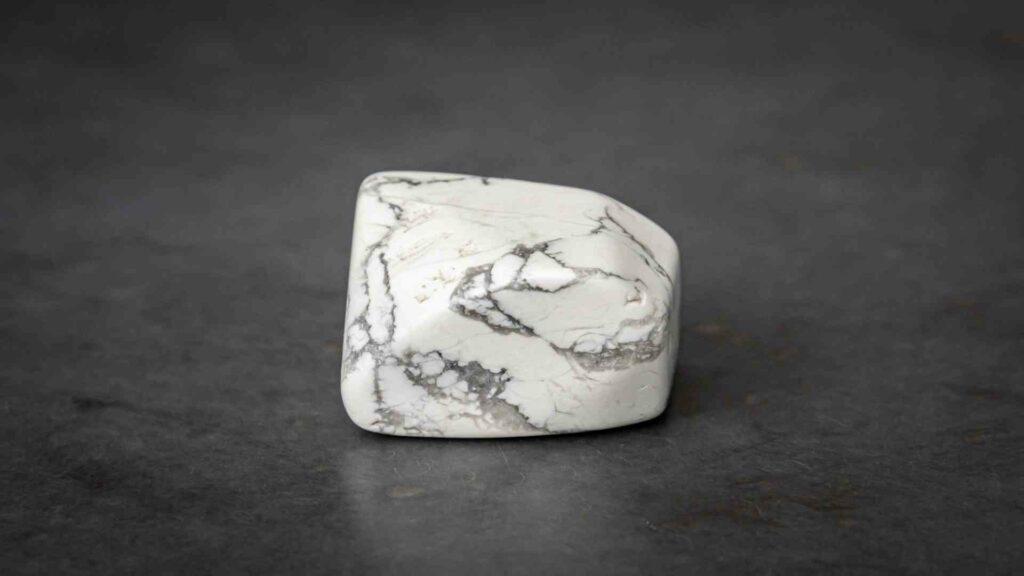Boron Fuel – 80,000 Miles on 1 Gram?
While lithium-ion batteries are powering the road ahead for electric vehicles such as the Tesla S and others, several disruptive scientists and entrepreneurs are paving the way for an entirely new form of fuel – Hydrogen Boron fuel. Analysts claim a single gram of Boron could provide enough fuel to allow a vehicle to travel 80,000 kilometres.

Boron Fuel
Electric vehicles have been on the rise in recent years, thanks to advances in technology and a growing focus on environmentalism. While many EVs still rely on lithium-ion batteries, such as the Tesla S and others, there are other options out there that could provide even more power and a more extended range. A completely new form of fuel – Hydrogen-Boron fuel may be one such option, as research suggests it could allow EVs to travel up to 80,000 miles on a single charge. If this proves true, Boron could become a key player in the EV market.
Boron Fuel as a New Superfuel
Hydrogen-boron fusion energy is a promising energy source for transportation and vehicles with exciting potential. In recent years, there has been much discussion about securing sufficient supplies of lithium and cobalt to electric power vehicles and replacing many of the two billion diesel/petrol vehicles operating today.
An article published in 2017 by the Cambridge University Press described a simulation that showed that simply 14 mg of hydrogen and 11 mg of Boron could be used to produce 300 kWh of electricity. Among Tesla’s long-range electric cars, the Model S can travel 370 miles thanks to its 100-kWh battery. Hydrogen-boron gasoline is a kind of fuel that can propel you almost 80,000 miles.
Fortescue Metals
One of the innovators behind hydrogen boron fusion is Fortescue Metals. Fortescue is currently the fourth-largest iron ore producer globally, after BHP, Rio Tinto, and Vale. The state’s largest tenement holder, with over 87,000 square kilometers in the Pilbara region of Western Australia, makes it larger than Rio Tinto and BHP combined.
As a global leader in the iron ore industry, Fortescue is recognized for its innovation and development of world-class mining infrastructure to achieve its goals. There are three mining hubs in Western Australia’s Pilbara region connected to 760 kilometers of fast heavy haul railway in Port Hedland via five berths at the Herb Elliott Port and the Judith Street Harbour towing infrastructure.
Fortescue Future Industries announced plans in October 2021 for a hydrogen-manufacturing facility in Aldoga, Queensland. The first stage is scheduled to be completed in 2022 and is expected to double the world’s green hydrogen capacity. It is predicted that when the plant is completed, it will be the largest facility of its kind in the world. As part of a global portfolio of green hydrogen and green product operations, they are establishing a competitive position at the forefront of the global renewable hydrogen industry with FFI, our 100 percent renewable green energy and industry company.
Replacing Lithium-Ion Batteries with Boron
Andrew Forrest, the iron ore billionaire who runs Fortescue Metals Group Ltd., sees hydrogen vehicles as the future of clean energy. He believes that while Li-ion EVs are more advanced and less expensive than their hydrogen-powered counterparts, that’s just the way the green vehicle industry is going right now. Using Boron and hydrogen in combination could severely threaten Li-ion technology, allowing hydrogen to close the gap at lightning speed.
Problems with Lithium-ion Fuelling EV Vehicles
Batteries powered by lithium-ion power are present in our phones, computers, and, increasingly, electric vehicles. Wind turbines and solar panels will also power our green energy future, which will require enormous battery cells to store the electricity.
As a result, lithium must be mined, but there is no guarantee that we will find enough raw material to meet demand. Until lithium-ion batteries are replaced, there isn’t going to be a single solution, which is why people have dreamed up all sorts of variations on it as a means of solving the world’s energy storage needs.
Research Work
Harold Mourou and Donna Strickland’s 2018 Nobel Prize in Physics was awarded for their hydrogen-boron fusion work using the Chirped Pulse Amplification laser. The technology can be used for everything from cars to radiation-free nuclear reactors.
What Sources of Boron Available?
Erin Ventures
According to Tim Daniels, CEO of Erin Ventures Inc. (TSX-Venture: EV), in a phone conversation with AllPennyStocks.com, the boron market already has the potential for disruption, and if hydrogen-boron fuel cells become a reality, decades of rising demand will be cemented. It’s a fascinating time for an opportunity that’s often overlooked, says the CEO.
Erin manages the project as Serbia moves toward a post-covid economy, bringing in a partner to accelerate the process and ease the financial burden. Announcing an agreement for the joint development of Erin’s Piskanja Boron project with Temas Resource Corp. (CSE: TMAS) (OTCQB: TMASF), Erin announced they would spend 10.5 million euro (US$12.85 million) on development at Piskanja for 36 months.
Hydrogen-boron fuel cell developments can change a lot in three years and could align just perfectly with Piskanja’s exploration work. Demonstrating the project’s economics and resources will attract investors and key players in the industry looking to take business from the oligopoly.
Other Potential Suppliers
Eti Maden
With a team of experts, Eti Maden makes boron and boron products more productive, profitable, and sustainable. It plans to design Turkey’s and the world’s future through its innovative services and visionary approach that conforms to global standards. In today’s market, Rio Tinto (NYSE: RIO) and Eti Mine Works (NYSE: ETI) control about 4% of the market’s $4.9 billion.
American Pacific Borates [ASX:ABR]
Boron supply constraints in North America can be beneficial to American Pacific Borates. As a result of supply constraints in the North American market, the Fort Cady Integrated Boron Facility in Southern California, owned by the American Pacific Borates Limited (ASX: ABR), will be able to list on NASDAQ in Q1 of CY 2022.





